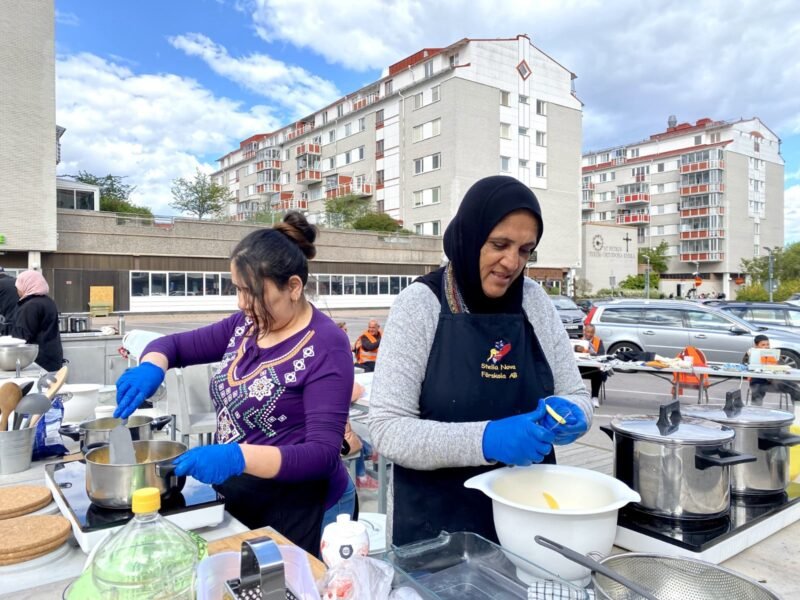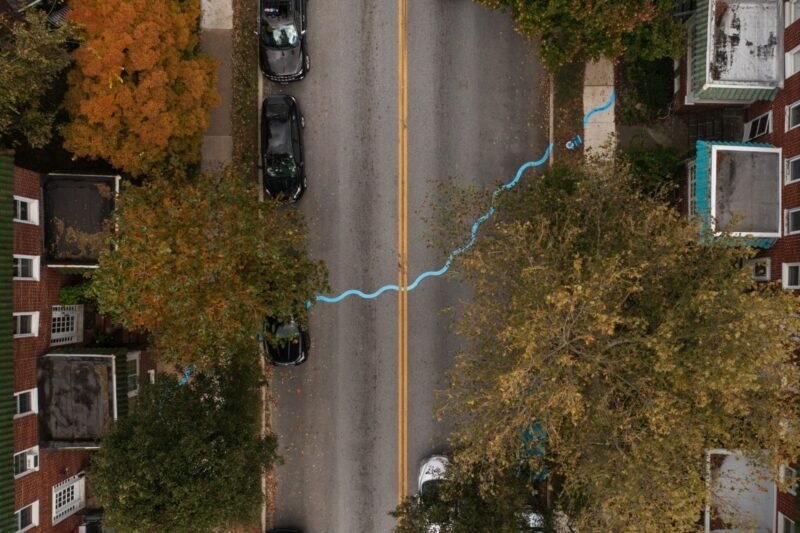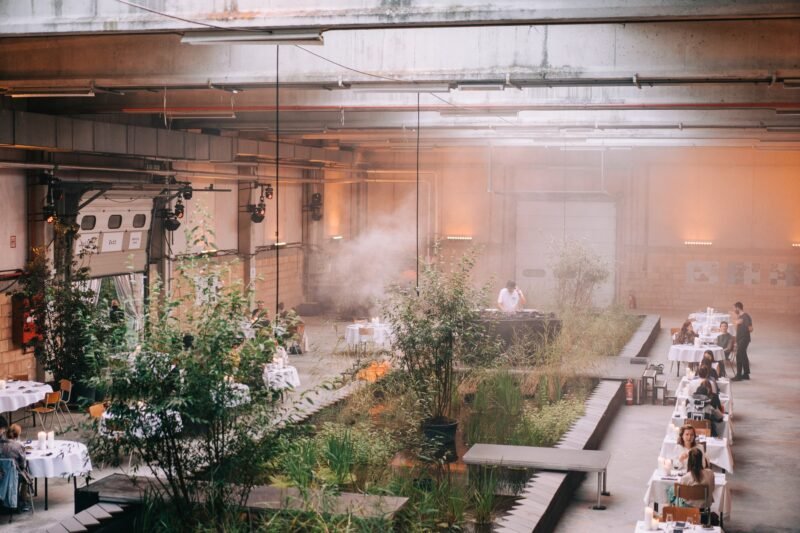Public Design Festival 2011: A Report From Milan
Deep down in the suburbs of Milan, a campsite is situated under a highway. It’s the Public Design Festival, an initiative promoted by Esterni agency, which aims to spread knowledge and sensibility regarding themes related to public space. Happening in various areas throughout the city of Milan during the famous Salone del Mobile, the Public Design Festival presents projects and performances addressed to public space, created by young designers from all over the world. During this third edition, I had the chance to participate, meet with the other designers and talk a bit about the initiative and about their projects.

The event involved four places in the city, trying to focus mainly on neglected and semi-abandoned spots that, nevertheless, possess somehow a great potential in terms of position or intrinsic quality of the space. A sort of public space laboratory was created on top of an overbridge crossing the railways of the local station Milano Porta Garibaldi, involving a street public library by the Mexican architect Ivan Hernandez, a mobile fabrication laboratory hosted by a Berlin-based collective, a public bench-making platform (heir of last year’s Raumlabor project The Generator) and an ephemeral piece of architecture which serves as a bar, realized with local waste materials by Stortplaats van Dromen.

In the meanwhile, an ancient farmhouse, seemingly forgotten on the other side of the city, was turned into a design showroom, with pieces from Jair Straschnow and Wouter Nieuwendijk, hosting also concerts and tastes of local food and drinks during the evening. In the city’s suburbs, more specifically in the area called Lambrate, another experiment on public space was performed, placing a camping to host visitors and participants right under the overbridge of an highway.

The Public Design Festival was structured in order to use the installations to present events: markets of local products, conferences, guided tours and performances took place during the initiative, in order to show the citizens the use of the provisional public space. Great emphasis was placed on the event, but it is legitimate to ask why this re-appropriation of spaces ends after a week, and where all the results of these products go after the happening comes to an end. While, on the one hand, new resources for the city were created by young designers, on the other hand, there are permits for public soil occupation that decay after a week. It comes out quite clearly how these initiatives are still stuck at the level of a laboratory, rather than reaching a final product: they are exploring a possibility, the one of a free and creative use of public space in our cities.



